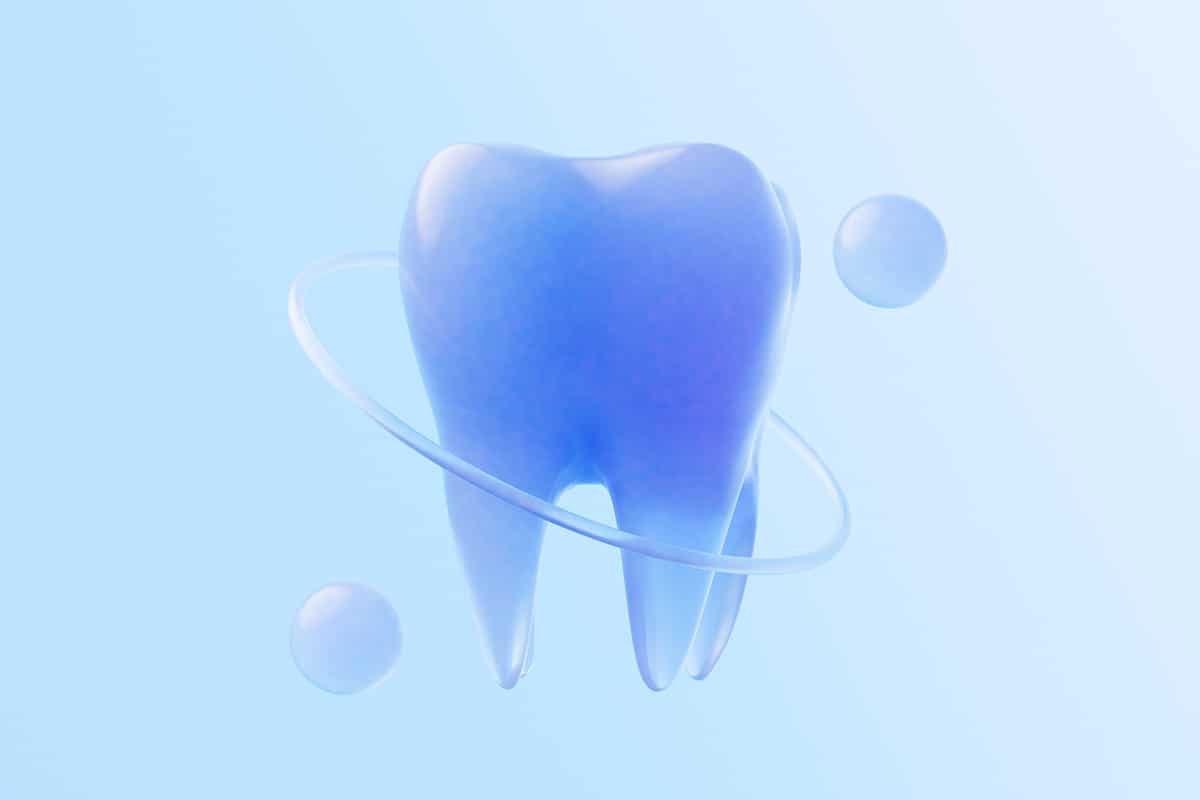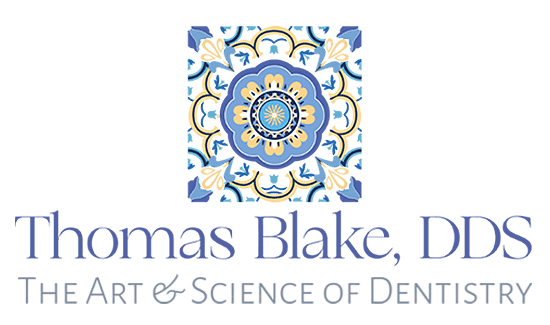
Dentistry has come a long way since its early days, with continuous advancements improving the quality of care and patient outcomes. Among these advancements, biomimetic dentistry has emerged as a groundbreaking approach rooted in preserving as much of the natural tooth structure as possible while utilizing materials that mimic the properties of natural teeth. But how does biomimetic dentistry compare to traditional dentistry? Let's explore the differences and benefits these two approaches offer.
What Is Traditional Dentistry?
Traditional dentistry has been the backbone of oral healthcare for decades. It encompasses a range of procedures and philosophies designed to treat and restore dental issues by removing decay, filling cavities, and addressing larger structural problems through tools like crowns, bridges, and root canals. Durable materials like metal amalgams and ceramics are commonly used, ensuring long-lasting results.
While traditional methods are highly effective, they often involve more invasive techniques. For example, to place a crown, a dentist typically removes a significant amount of the natural tooth to accommodate the restoration. While functional, this approach can weaken the tooth over time, leaving it vulnerable to further damage or requiring more extensive repairs down the line.
What Is Biomimetic Dentistry?
Biomimetic dentistry offers a more conservative and innovative approach to dental care. The philosophy behind biomimetic dentistry is simple yet revolutionary—restore teeth in a way that mimics their natural properties and structure. This method focuses on preserving the healthy parts of the tooth while using advanced adhesives and materials to replicate the elasticity, resilience, and function of the original tooth.
The benefits of biomimetic dentistry are compelling. By using less invasive techniques, this approach seeks to protect the tooth from unnecessary wear and tear and reduce the need for future interventions. With a focus on long-term health and durability, biomimetic dentistry prioritizes your natural smile while maintaining structural integrity.
Curious how biomimetic dentistry works or looking for a dentist who specializes in it? Learn more about the advanced techniques involved on our biomimetic dentistry page.
Key Differences Between Biomimetic and Traditional Dentistry
Preservation of Natural Tooth Structure
One of the defining differences between biomimetic and traditional dentistry is the level of tooth preservation. Traditional methods often involve removing significant portions of the tooth to fit restorations such as crowns or onlays. Biomimetic techniques, on the other hand, take a minimally invasive approach, preserving as much of the natural tooth as possible. This not only maintains the tooth's strength but also prevents future complications like fractures.
Use of Advanced Materials
Biomimetic dentistry leverages cutting-edge materials designed to mimic the natural properties of enamel and dentin. These materials are bonded directly to the tooth using advanced adhesives, creating a restoration that behaves more like the original tooth structure. Traditional dentistry may use harder materials like metal amalgam or ceramics, which, while durable, may contribute to additional wear on adjacent teeth and do not replicate the natural tooth’s flexibility.
Longevity and Durability
While both methods aim to provide long-lasting solutions, biomimetic dentistry prioritizes the long-term health of the tooth. By preserving more of the natural structure and using materials that integrate seamlessly with the tooth, biomimetic techniques reduce the likelihood of future issues such as cracks or decay under restorations. Traditional restorations like crowns or bridges may require replacements over time, especially if the underlying tooth becomes compromised.
Which Approach Is Right for You?
Both biomimetic and traditional dentistry have their place in modern oral healthcare. The choice between them often depends on the specific needs of the patient and the condition of the tooth being treated.
For patients seeking a more holistic and minimally invasive approach, biomimetic dentistry stands out as an excellent option. It offers a way to preserve natural teeth while ensuring a durable and functional smile. However, for more severe cases that require extensive reconstruction, traditional methods may still be the most appropriate solution.
If you're unsure which approach is best for your dental care needs, consulting with an experienced dentist like Dr. Thomas Blake in Santa Barbara can help guide you toward the right choice.
Thomas Blake, DDS, provides personalized dental care in Santa Barbara, CA, including services like biomimetic dentistry, cosmetic dentistry, and dental implants. Learn more at Thomas Blake, DDS.
